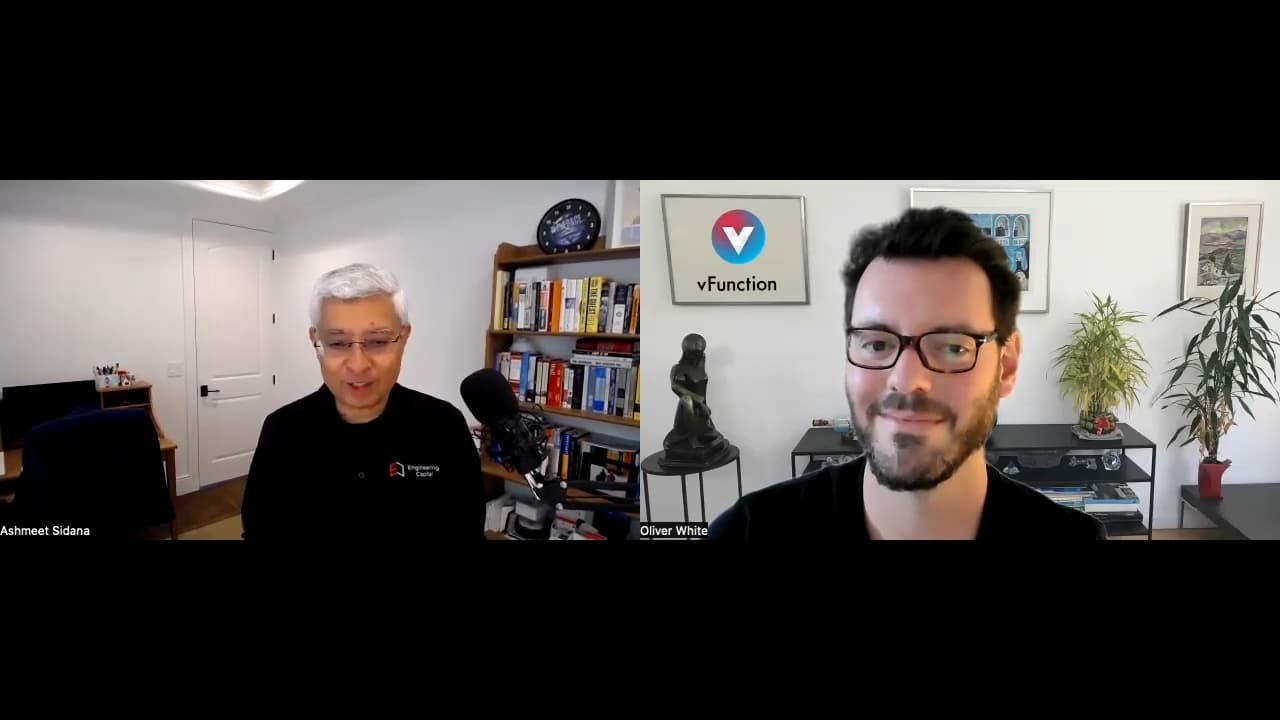In this conversation, Ashmeet Sidana (Chief Engineer and Founder of Engineering Capital) and Oliver White (Director of Communities at vFunction) discuss how the team at Engineering Capital continue to identify big winners when investing in engineering-driven startups, and why he believes so strongly in the power of vFunction for Application Modernization for aging monolithic systems–which has skyrocketed from a nice-to-have to a major priority for global CIOs in the last year.

Architectural observability demo
Watch Now



